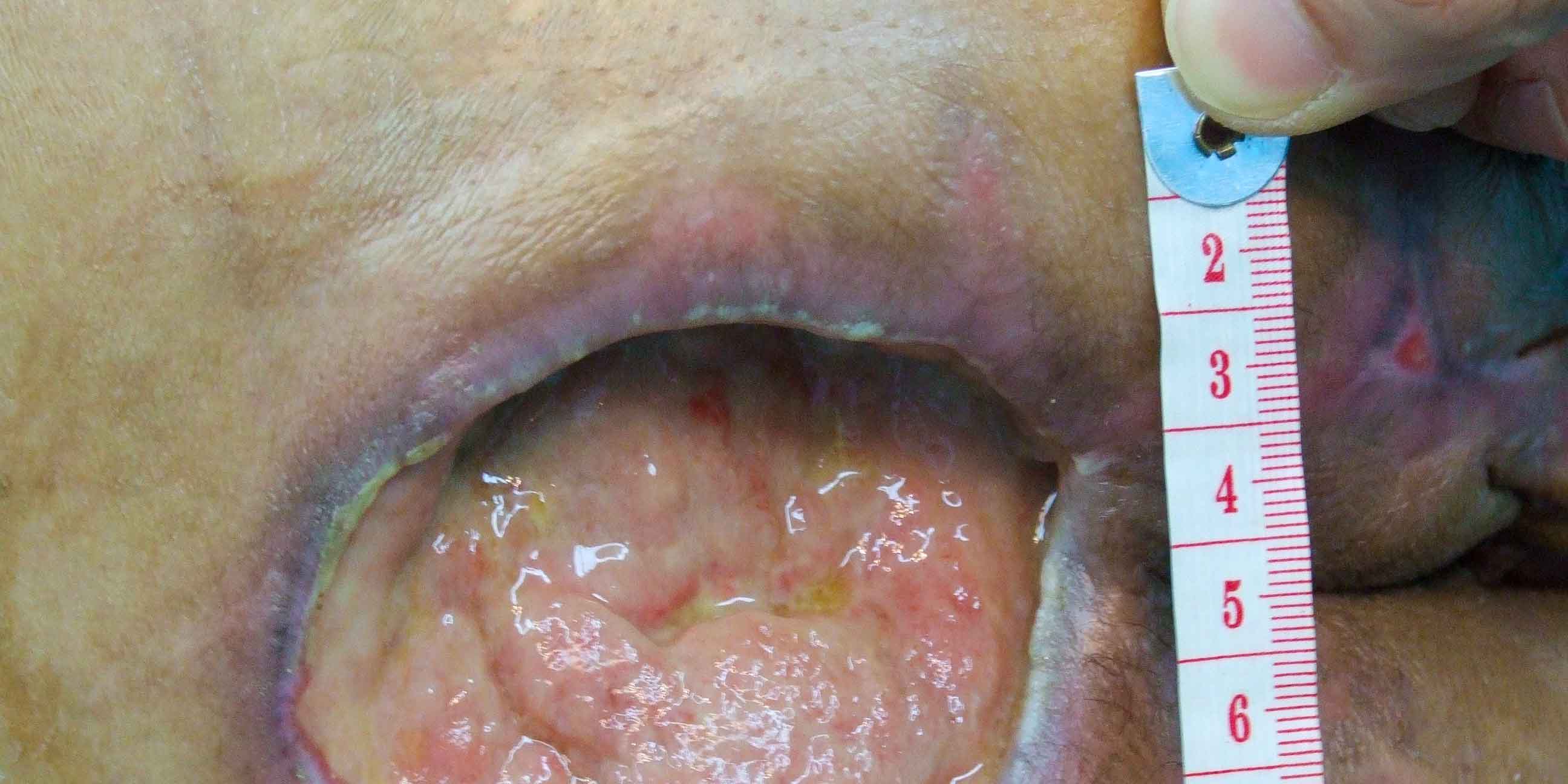Pressure injuries are the bane of wound care clinicians and other healthcare professionals who work diligently to provide the best patient care.
When patients develop hospital-acquired pressure injuries, financial penalties are placed on the organization by the federal government.
And high rates of hospital-acquired pressure injuries are perceived as a negative indicator on the quality of nursing care — the more hospital-acquired pressure injuries, the lower the quality of care is the consensus.
However, a new study revealed that sometimes even if everything is done right for a patient, a pressure injury can still form, and especially in critical care patients, said Joyce Pittman, PhD, RN, ANP-BC, FNP-BC, CWOCN, FAAN, a nurse practitioner and coordinator in the wound/ostomy department at Indiana University Health Academic Health Center in Indianapolis, and associate professor at the University of South Alabama in Mobile.
Pittman and her colleagues conducted a study to determine which hospital-acquired pressure injuries were avoidable and which were unavoidable for patients in critical and progressive care units.
The study also sought to identify any associated risk factors with these same patients between avoidable and unavoidable pressure injuries.
“The only way to determine this was to find a reliable tool to measure and evaluate if the appropriate nursing interventions were done,” she said.
Pittman admits pressure injuries are very complex.
“Critical-care nurses do a great job in providing evidence-based care to prevent pressure injuries,” she said. “However, even when all the correct care is provided and documented, we discovered that some patients still developed a pressure injury.”
Finding an objective tool
Pittman and her colleagues developed a tool before the study called the Indiana University Health Pressure Ulcer Prevention Inventory (PUPI).
“We created the PUPI by using the National Pressure Ulcer Advisory Panel definition of unavoidable pressure injury, and Braden and Bergstrom’s conceptual model of the etiology of pressure injuries,” she said. “The PUPI provided a way to objectively define an unavoidable versus an avoidable pressure injury.”
The study, titled “Hospital-Acquired Pressure Injuries in Critical and Progressive Care: Avoidable Versus Unavoidable,” was published in the September 2019 issue of the American Journal of Critical Care.
The study included 165 adult critical care and progressive care patients in six Indiana University Health hospitals.
It was a retrospective analysis of the chosen patient sample and involved identifying if all pressure injury prevention interventions were performed consistently for three days.
The data observed for this study were patient demographics, Braden scores, clinical risk factors and preventive interventions
Hospital-acquired pressure injuries findings
The findings of the study discussed by Pittman included the following:
- The longer the stay in critical care, the more likely a patient would develop an unavoidable pressure injury. There was a 4% increase in developing an unavoidable pressure injury for every day in the hospital before the pressure injury was discovered.
- Patients with history of pressure injuries were five times more likely to develop unavoidable hospital-acquired pressure injuries.
- Of all hospital-acquired pressure injuries that occurred, 41% were unavoidable. The study showed when all was done right, they had more interventions and still developed pressure injuries.
- The avoidable hospital-acquired pressure injury rate occurrence was nearly 60%, and their interventions were not documented consistently.
All patients who developed hospital-acquired pressure injuries were the sickest of the sick, Pittman said.
Other patient factors found to be associated with the development of pressure injuries in general were:
- 79% were receiving mechanical ventilation
- 66% were chemically sedated
- 41% received a vasopressor
Looking at limitations
One limitation of the study was the retrospective nature of it.
“We were totally dependent on what was documented in the medical record,” she said. “The data is only as good as what was documented.”
Another factor was the condition known as acute skin failure and the development of unavoidable hospital-acquired pressure injuries.
“The current thinking is pressure injuries can be acute, chronic or end of life,” she said. “The problem is there are no accepted diagnostic criteria for acute skin failure and no research that backs up the existence of acute skin failure — only expert opinions.”
Pittman pointed out that since medical science does not know for certain if acute skin failure exists, we simply don’t know if unavoidable pressure injuries are due to acute skin failure or not.
“There is no ICD-10 diagnosis code for acute skin failure,” she said.
It could be easy for some to attribute unavoidable pressure injuries to acute skin failure. However, we cannot say yet that this is the cause, according to Pittman.
“In healthcare, we must be held accountable, and until research backs this up, we must ensure all appropriate care was provided to patients to prevent pressure injuries,” she said.
Complexities of pressure injuries
It’s important to understand that the development of pressure injuries is complex, and methods for prevention are not a checklist as we see with catheter-associated urinary tract infections, Pittman said.
In addition to providing evidence-based practice to prevent pressure injuries, other important prevention factors to examine are:
- Is a solid organizational structure in place that supports nurses?
- Does the organization have shared governance?
- Does the EMR system support best practices and match the needs at the bedside?
Pittman acknowledged there are numerous challenges critical care patients face, such as lengthy surgical procedures that can require patients stay in one position for hours.
“This too can contribute to the development of pressure injuries,” she said.
In the end, nurses work hard at keeping critical patients alive — maintain breathing and a heartbeat while also supporting skin integrity.
“This is not an easy task,” she said. “More research needs to be done looking at structure, process and supporting the work of preventative care at the bedside.”
Take our Skin and Wound Management Course today!
What do you think?

